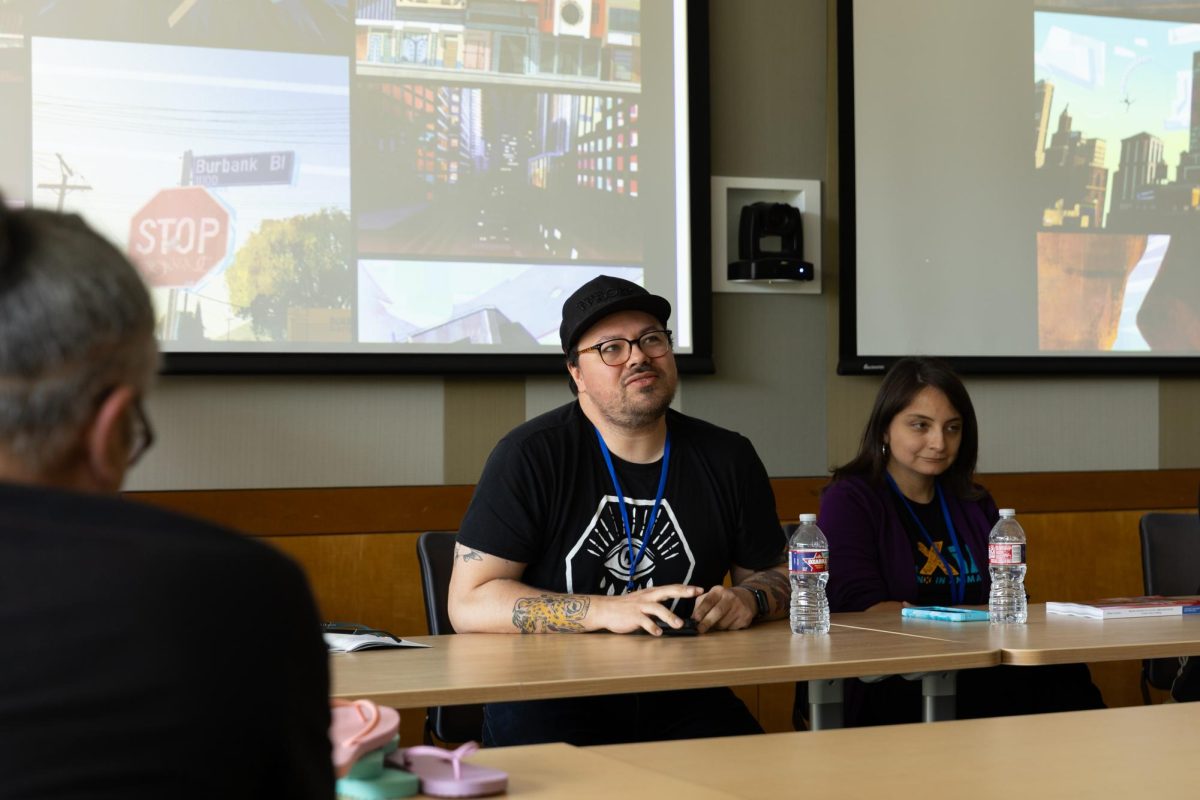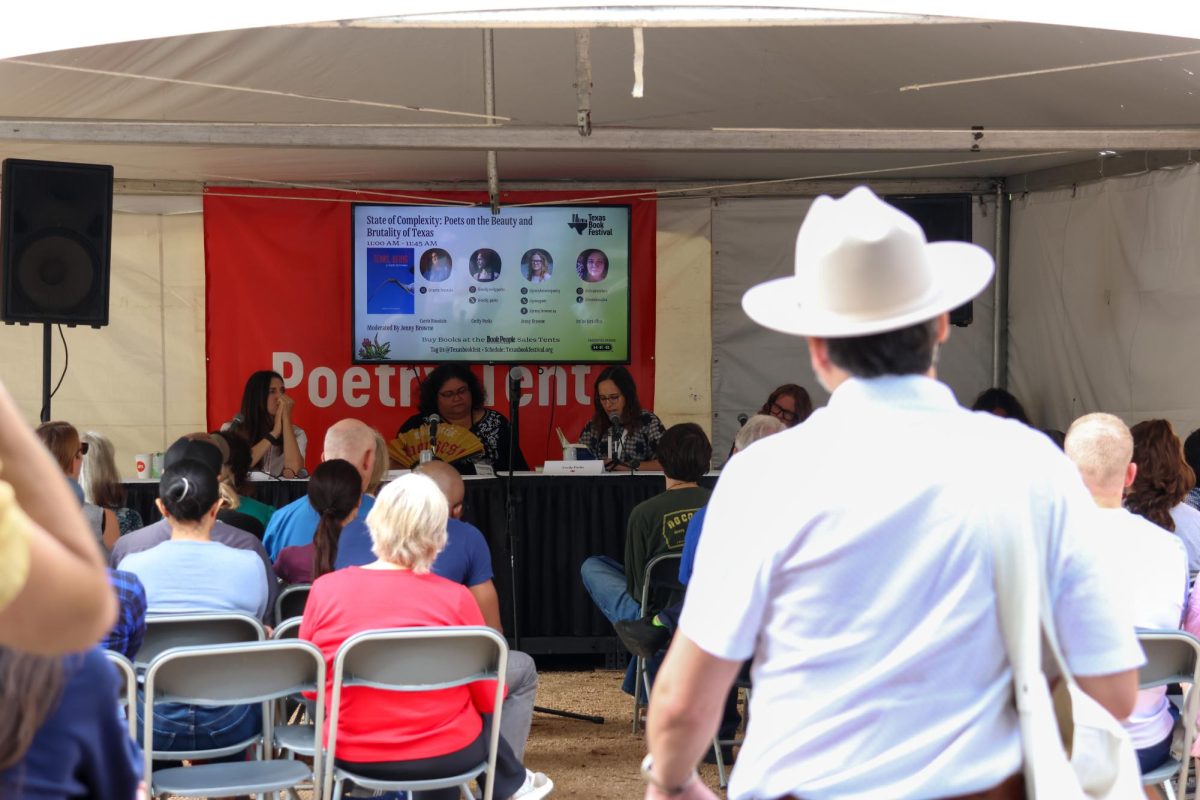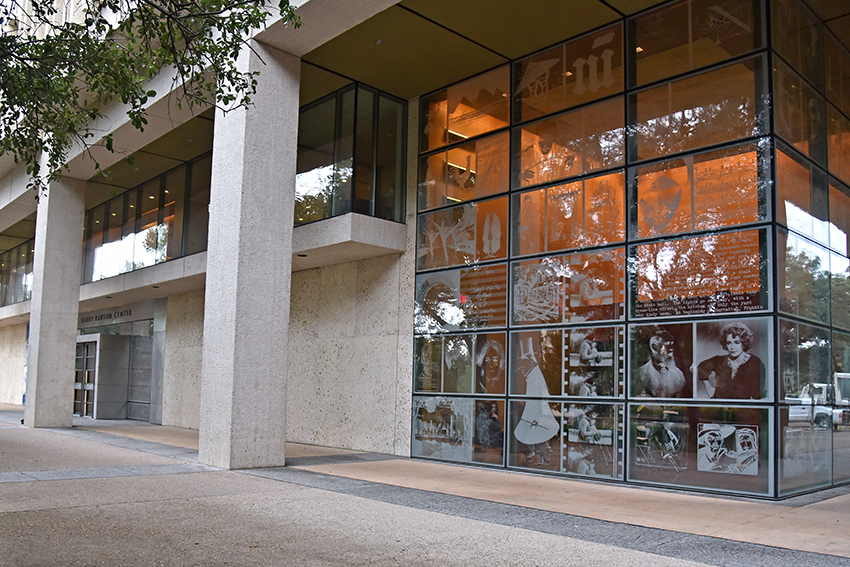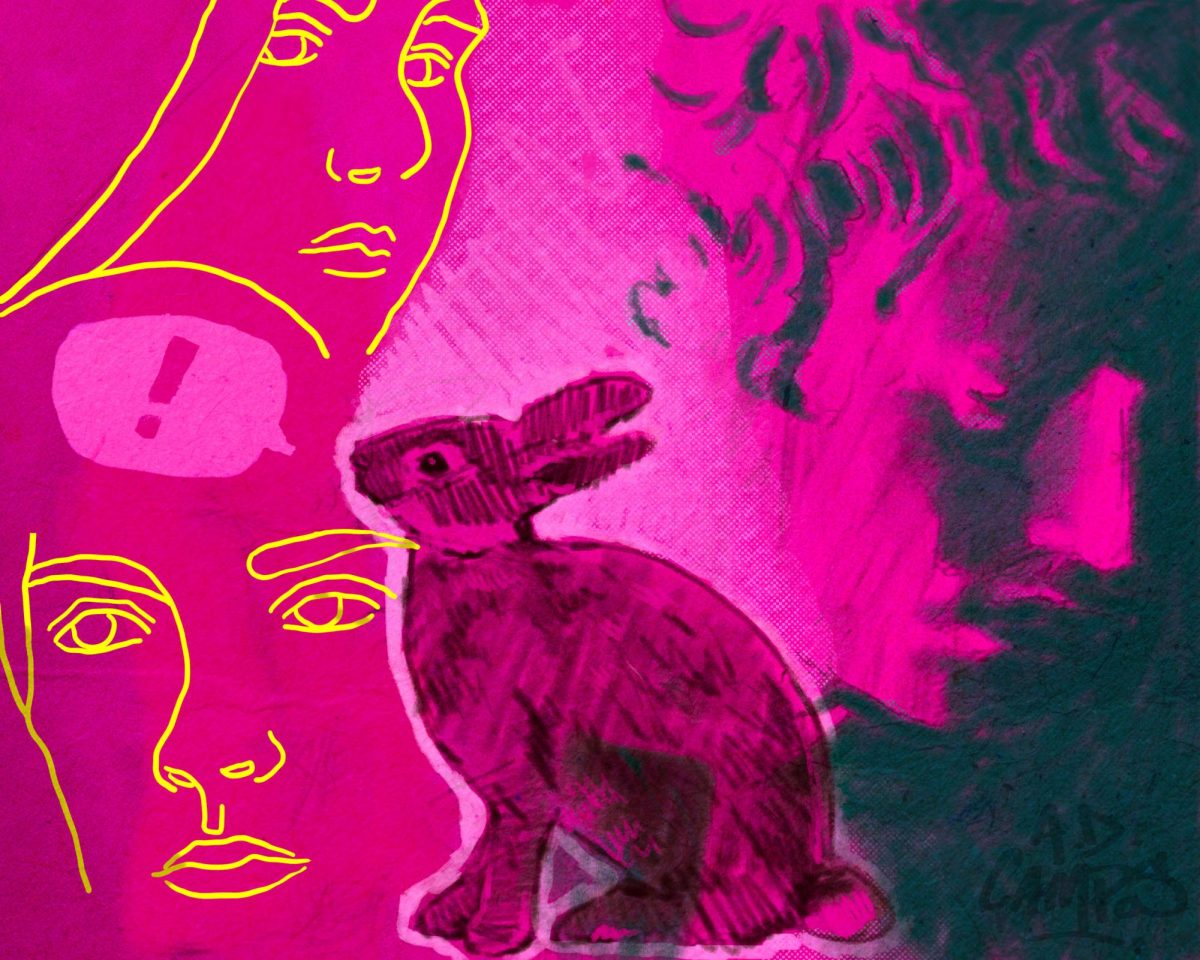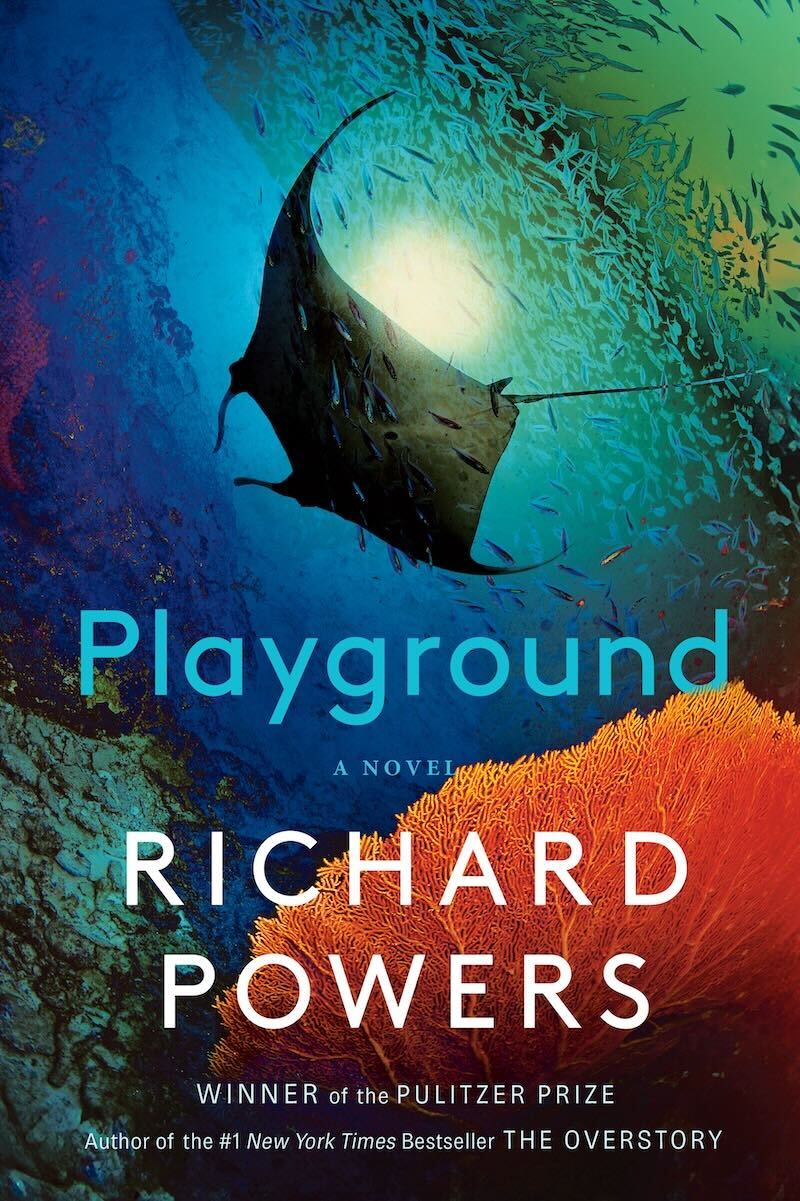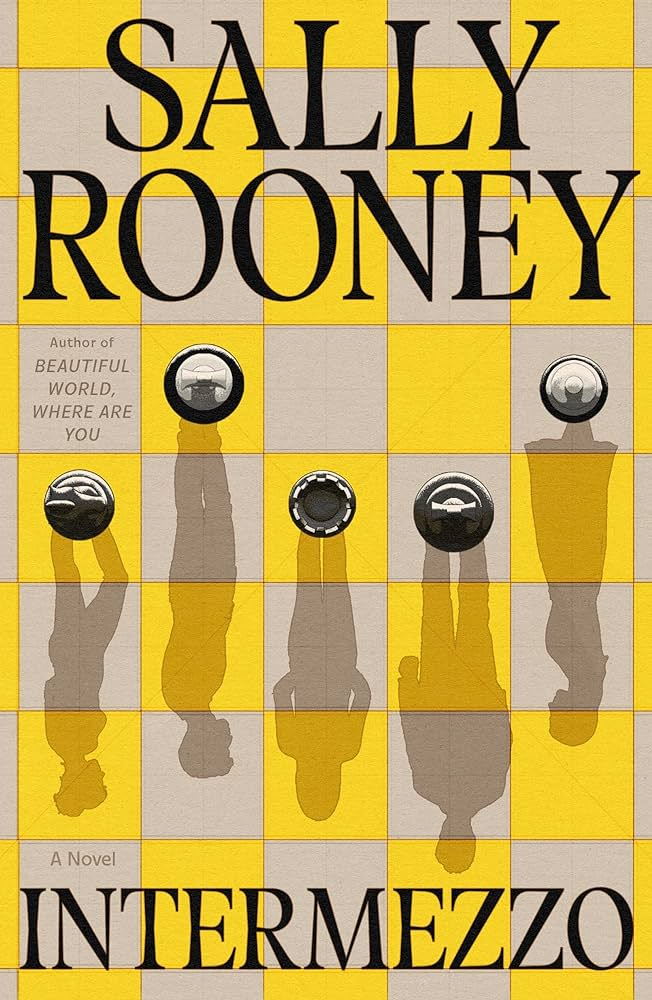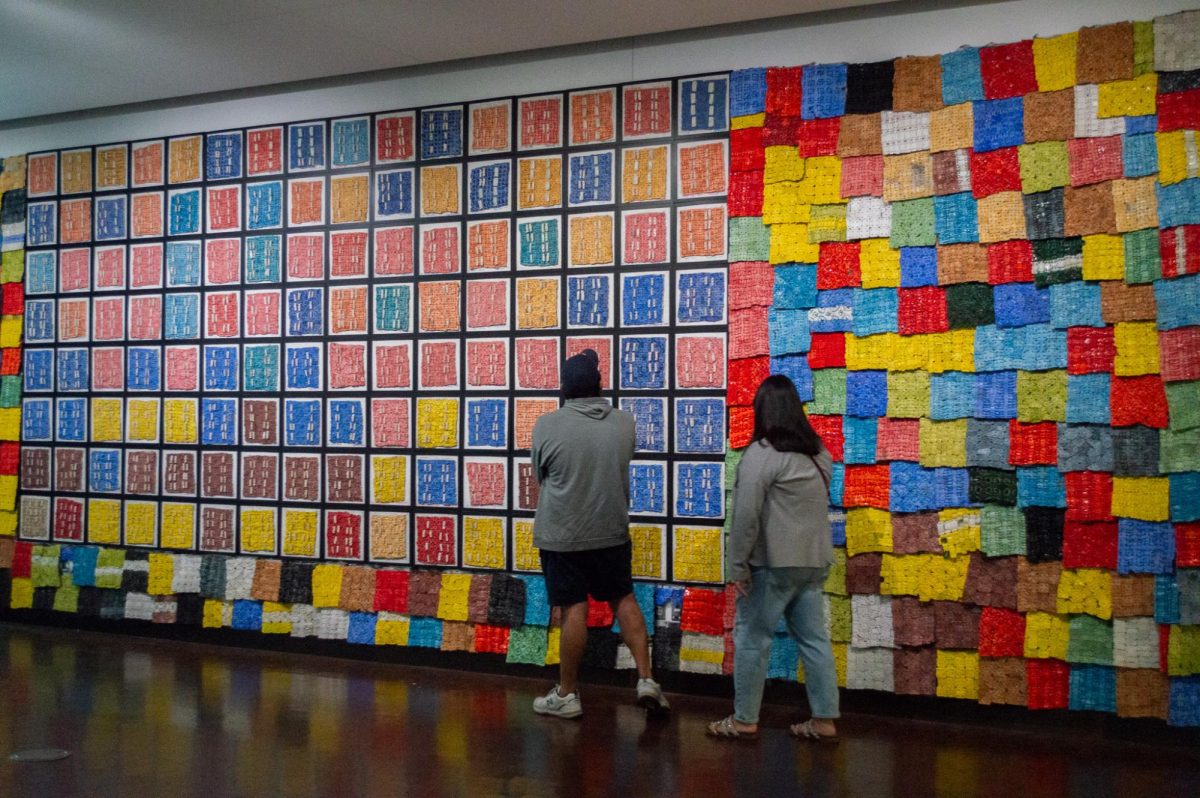Hispanic Heritage Month begins Sept. 15, serving as a celebration of the cultures and identities within the Hispanic and Latinx communities. Many authors present their identities and cultures within literary spaces, amplifying diverse experiences within the community. To celebrate Hispanic Heritage Month, the Daily Texan compiled a list of texts by Hispanic and Latinx authors to shine a light on their contributions to the literary sphere.
“No oyes ladrar los perros” by Juan Rulfo
Rulfo explores a father-son dynamic in dire circumstances in his short story “No oyes ladrar los perros.” Placed in the midst of a father carrying his son to salvation from an unnamed ailment, the audience works with little context and dialogue riddled with grievances. However, Rulfo’s glimpse of this secluded world speaks to the conflicting array of emotions tied to caring for a loved one who doesn’t seem to care for themself. By implementing the motif of a dog bark throughout the piece, Rulfo emphasizes the constant alertness superseding the resentment one holds for a troubled loved one.
“You Bring Out the Mexican in Me” by Sandra Cisneros
Cisneros’ intimate poem addressed to an unnamed lover uses forward and blunt declarations of her beloved’s ability to draw out a side of her identity she typically conceals. The short, repetitive lines of “I want to” and “I am” bring forth an assertiveness that seemed to be absent within the speaker before. The lover brings out “the eagle and serpent” and the “mariachi trumpets of blood” in the speaker. Cisneros incorporates these symbols to emphasize the speaker’s attachment to this person, to amplify the lover’s impact on her identity.
“A Julia de Burgos” by Julia de Burgos
Burgos takes on her split consciousness in this poem dedicated to herself. “A Julia De Burgos” evokes the frustration behind forcibly submitting to a world that often limits its women. Burgos points out the effect of a patriarchal society on women through the structure of her poem by comparing her daring side to her submissive side, while directing the frustration inward. Hoping to “be among the throng” of people deconstructing the injustices of patriarchy, she seeks to tear down this side of herself that succumbs to elegance and is “confined to the whims of men.”
“The Daughter” by Carmen Giménez
Giménez fosters the depth of motherhood in a few short lines. In her poem “The Daughter,” the speaker colors her daughter with a ferocious surge of familiarity tethered to a parent and their newborn child. With the speaker foreseeing a future of a “smooth long hallway” and “doors flung open” for her child, Giménez touches upon the maternal desire for little trouble to come her daughter’s way. Referencing Pablo Neruda’s work and a maternal lineage, Giménez implements elements of her cultural background to emanate the interconnected nature of her culture and her personal life.


